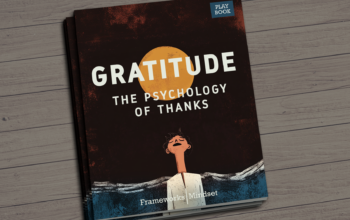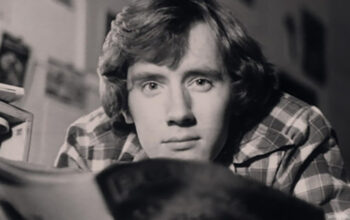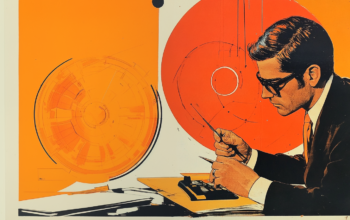The Superhero Heresy
March 5, 2016
With several blockbuster superhero films out every year, there can be little doubt that supers are hotter than ever. Batman, Iron Man, X-Men—there’s even something called Ant-Man. But, amid all the hoopla, one is compelled to wonder whether we have lost sight of what a superhero really is.
There was a time was when a superhero was the embodiment of goodness—bright, confident, and in service of truth, justice, and the American way.
Not so any more.
Of the eight major superhero pictures due in 2016, all are dark and brooding, some are violent enough to garner an ‘R’ rating, and the biggest of them feature superheroes battling, not a villain with some dark past, but other superheroes. These days, it’s the superhero who has a dark past, truth and justice are relative, and the best any of the heroes can hope for is a utilitarian solution to an unsolvable problem.
This is a far cry from the original superheroes. In 1978, Christopher Reeves starred as the genuine and honorable Superman in the first ever superhero blockbuster movie. It was a faithful telling of a hero, who had been a beacon of hope and goodness for generations in America.
Since, the superhero genre has exploded in popularity now touting thirteen of the twenty highest grossing films of all time. But, as its popularity has grown, the movies have grown darker and the heroes have grown more anti-heroic. Tim Burton and Michael Keaton’s Batman (1989) presented a darker twist on the superhero, albeit in a colorful and campy way. Then came X-Men in 2000 and Spider-Man in 2002, by all counts darker and dealing with more serious issues. By 2005, with Christopher Nolan’s Batman Begins, we could see that the cheer of Superman was no longer relevant.
In the new century, it has been almost all dark: Spider-Man 3 (2007), which broke box-office records, showed the hero literally plunge into the dark side; The Dark Knight (2008) suggested that the hero had to become bad in order to fight for good; and others pulled fans into the depths: Hellboy (2004), Ghost Rider (2007), and Thor: The Dark World (2013).
A quick glance at Batman’s legendary nemesis The Joker paints a vivid picture. To keep up with the increasing darkness, the clearly psychotic character has had to become more and more deranged. At this stage in the game, he basically resembles the devil. And the more evil he becomes, the more fans seem to love him. It is no coincidence that he appears in the next film as a part of the Suicide Squad, the heroes of the story.

Even Superman, himself, has darkened. After the 1978 hit, the sequels explored the concept of a bad version of Superman as a villain. And subsequent reboots have gone decidedly darker, focusing on Superman’s emotional struggles, and flirting with the notion that he wasn’t the outright hero that we have always understood him to be. In this year’s Batman v Superman, we watch as Superman actually becomes the bad guy.

While these darker tales are certainly entertaining, one cannot help but to question the direction we’re headed and what it reveals about our culture. One is tempted to say that we are just more sophisticated these days and can’t humor the idealism of the original Superman. But it goes beyond entertainment. Our stories reflect our ambitions and our lives reflect our stories. If our superheroes become villains, don’t we as well?
First, it must be admitted that much of this is driven by the industry. After all, superhero stories have always been a part of the entertainment industry, first as comic books and now more prominently as motion pictures.
And, as any fan can tell you, the entertainment industry needs to continually offer fresh content to survive. Studios cannot rely on the same old good-versus-bad story line—audiences will get bored and lose interest.
So, how do they stay fresh and maintain interest?
Plot twists.
There’s a current in story theory that says the best way to keep an audience engaged is to keep them guessing. And many producers have made use of twists to stellar success. Some of the greatest movies of all time are built on jaw-dropping twists—think Star Wars and The Empire Strikes Back, Chinatown, and The Sixth Sense.
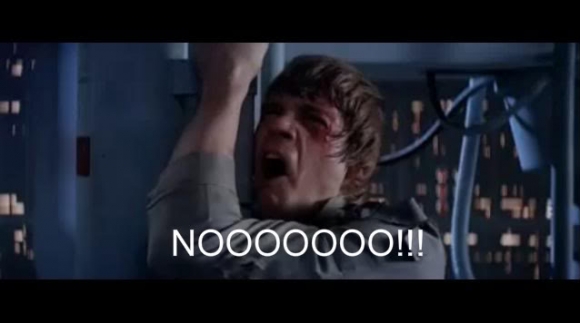
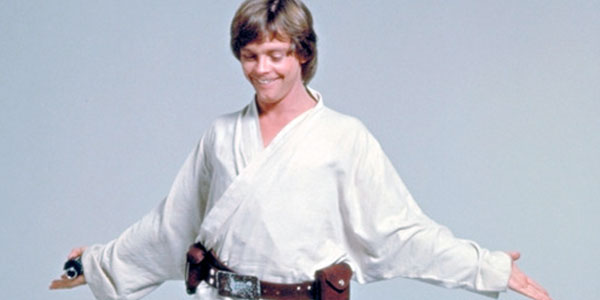
As Aristotle would tell you, the magic of a good twist lies in the fact that it is both unexpected and inevitable. If it is not unexpected, then it is boring; if it is not inevitable, then it’s confusing. It takes a skillful writer to accomplish such a turn, and it is clear why audiences are so gratified by them.
They are so gratifying, in fact, that screenwriters and directors will try to insert them even when they are incomplete. They will throw in unexpected events—even if they don’t lead to the inevitable outcome—just for the sake of entertainment. Of course, that’s when you get confusing and, ultimately, preposterous results. And that’s when you start to see the good-guy-is-really-bad and the bad-guy-is-really-good scenarios that we’re so familiar with these days.
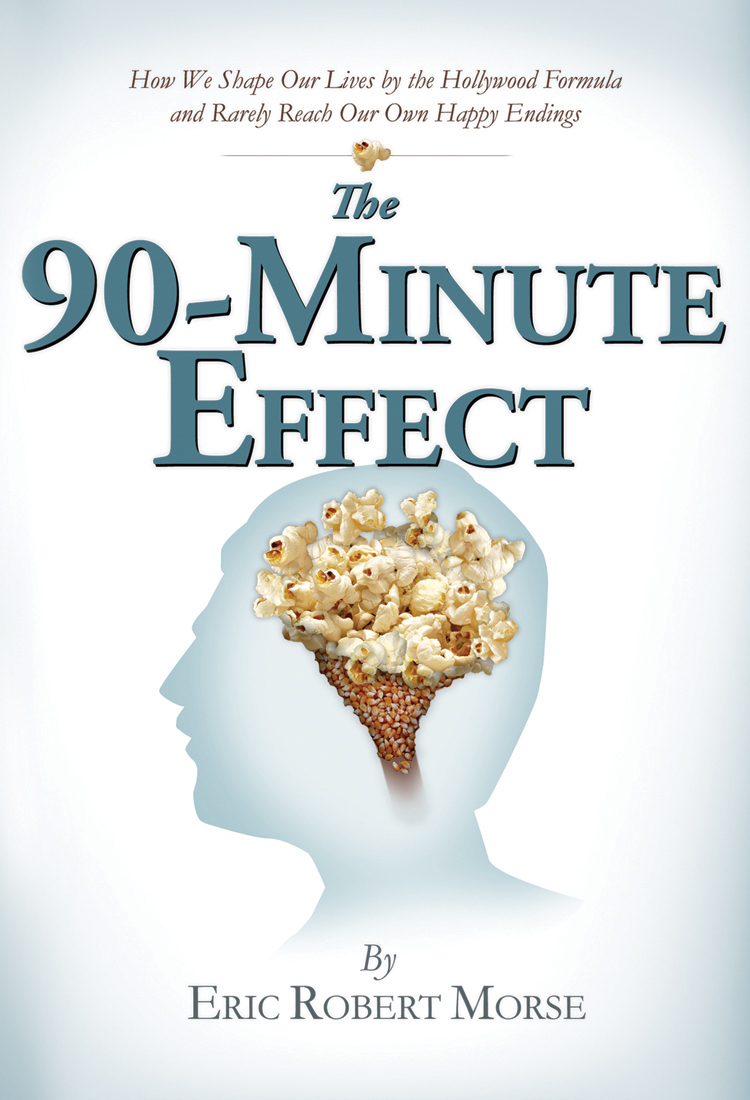
Police stories have taken to this approach such that it is almost a cliche in the genre. We’re cruising along, expecting to find the bad guy, and, pow, he’s there all along on the police force! See Witness, The Big Easy, and LA Confidential as standout examples. It has come to a point that it is almost expected that the bad guys are going to be the good guys, and it’s rather become a twist when they’re not. Consider Mission: Impossible III, in which the writers made Ethan Hunt’s commander look very much like the bad guy about three-fourths of the way into the film, and then ultimately revealed that he was on the side of the hero all along. The audience questions the commander’s allegiance, doubtless taking cues from other popular spy films in which the commanders turn out to be the bad guys, and the suspense is multiplied as the guessing carries on.
The ultimate twist is seen in superhero films where the good guy actually becomes the bad guy. Partly due to the premise that superheroes are by design well-intentioned, it has been virgin territory for most of the genre’s existence. Now, it would appear, the floodgates are open and everyone is pouring in. For nearly twenty years now, the cliche has been that superheroes have a dark side, and sometimes that dark side takes over. As Harvey Dent explains in The Dark Knight, “You either die a hero or live long enough to see yourself become the villain.” These days, we have Batman fighting Superman and Captain America fighting Iron Man, quite as if fighting the bad guys alone couldn’t possibly be interesting enough any more.
Of course, it is one thing for the industry to skew superhero plots in the interest of entertainment; it is another for the masses to eagerly support it. As can be seen, almost immediately after the flight of Superman in 1978, the genre has tended toward the darker elements. And the fact that Superman, the embodiment of light and goodness, has been shunned in favor of his darker competitors means that we, as audience members, prefer the darker side of the tales.
The rivalry between Superman and Batman is exemplary. Psychologists Michael Higgins and Joe Gorton explain how the two represent opposing archetypes in the superhero universe, and that it is pretty clear which one is favored by popular culture these days. Superman represents the ‘hero archetype’, someone who sacrifices himself for others and the greater good. Batman, meanwhile represents the ‘shadow archetype’, someone who is marked by tragedy and acts out as a result. Of course, both do good in their adventures, but the motives set them apart.
Higgins says that Superman is very Christ-like in his selfless heroism, and that is difficult to relate to much less live up to. The hero archetype encourages—nay, demands—absolute, unfaltering goodness from his audience. Who in modern times has the energy or will to strive for such character?
It is much easier to relate to and strive for the standard set by a Batman, Spider-Man, or even X-Man, the shadow archetype which can fall prey to occasional faults and temptations. Where possible, the studios and media in general have shown that Superman isn’t quite the hero that he was touted to be, and otherwise simply diverted our hopes to more attainable if less lofty aspirations.
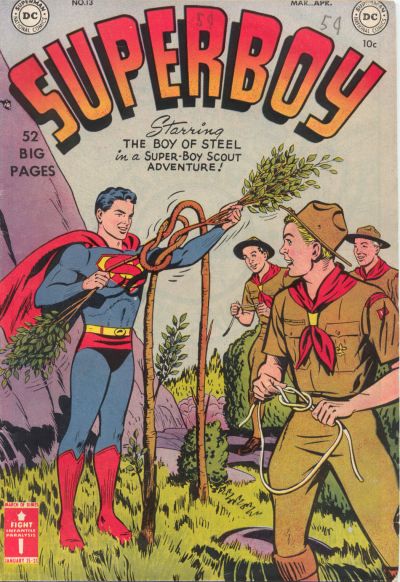
Superman is noble and boring; Batman is cool and mysterious. Clark Kent is geeky and humble; Bruce Wayne is a billionaire. Superman is that ‘big boy in blue’; Batman is…well…Batman.
Taking a broader view, we can see a cultural source for the shift in appeal. In the early 20th century, Americans and Westerners generally enjoyed a rather anthropocentric worldview—we were just and good, and our enemies were bad. The Superman ideal made sense because, after all, we were living for truth, justice, and the American way.
Since the Vietnam War, Watergate, the Challenger explosion, and the attacks on 9/11, however, our self-perception has fallen dramatically—perhaps we’re not so immaculate after all. The Superman ideal just doesn’t jibe with our worldview anymore; only a shadow type could do the trick in late modernity.
This theme is actually explored in some of the superhero stories, themselves, notably in Pixar’s Incredibles (2004), and in this year’s Captain America: Civil War. The idea is that our culture has been overrun by bureaucracy, consumerism, and corruption to the extent that folks no longer think superheroes are possible.
Ultimately, this path leads to the dismal conclusion that heroism, Christ-like behavior in our times, is no longer feasible. We no longer believe true goodness is possible. We have lost our faith on this front. As our heroes have become anti-heroes, our faith has dissolved. Indeed, they are two lines on the same character arc.
The result is a form of moral relativism. Superman fighting Batman only makes sense in this milieu because there is no absolute truth anyway. We might as well enjoy them going at each other because neither represents true goodness in the end.
We can turn to the popular and critically acclaimed television series Heroes for another telling example. Fans rave about the realistic portrayal of the main characters’ dilemmas. Consider the story of Niki, a single mom whose powers include a morally ambiguous alter ego that compels her to cheat, steal, and kill in order to survive and provide for her son. The question as to how to use the superhuman gifts is left hanging in the air as several of the heroes find themselves terrified of their powers, unsure of whether they are for good or ill. This is especially true in the case of Rachel, who is terrified that her powers will kill her. Indeed, the ambiguity prompts some of the superhumans to band together in an attempt to destroy the world—the good-guy-is-bad syndrome par excellence.
As we learn in our beloved stories, when there is no right or wrong, it’s okay to be the bad guy because, after all, the bad guy is really just the good guy seen from a different perspective—seen in the light of a new plot twist. Given the compulsion for movement and conflict, the twists that arise tend to compel this ambiguity and an overall relativism that leaves one questioning one’s very own virtues.
This is not to suggest that audiences of these heretical superheroes will start to commit crimes or become real-life villains. They won’t go around kicking people’s dogs or knocking ice cream out of little kids’ hands. But they might not try as hard to fight the innate human urges to be lazy, to be unchaste, to be conniving. As humans, we have plenty of natural encouragement to be naughty, and so we can use all the help we can get to fight those urges. Our superheroes are supposed to be a good influence in this regard; we already have enough bad.
Superhero stories never taught people how to obtain superhuman powers—that was typically assumed as with Superman’s other-worldly powers. But they did teach people that it was possible to use those powers for good, that it was worth putting all of one’s powers toward the good. As Chesterton said, “The fairy tale didn’t introduce bogey to the children, it simply introduced a way to defeat the bogey.” And that reason to defeat the bogey is what’s missing in our age of super-anti-heroes.
Ultimately, we have to admit that none of these stories can provide a hero that matches our potential. That can only be found in the true Superman of the world, the truest Christ-like figure in all of history. Still, these tales can provide us examples that can lead us in the right direction. That is an important tool in our efforts to be more Christ-like ourselves. And for this reason alone we should not take them lightly.
Whether or not we enjoy the movies for their entertainment qualities, we should take a moment to question the premises of the heretical superheroes, and, if we have occasion, reinstate authentic superheroes atop our canon. Perhaps then will we see our own calling to be the heroes we no longer see in the movies.


